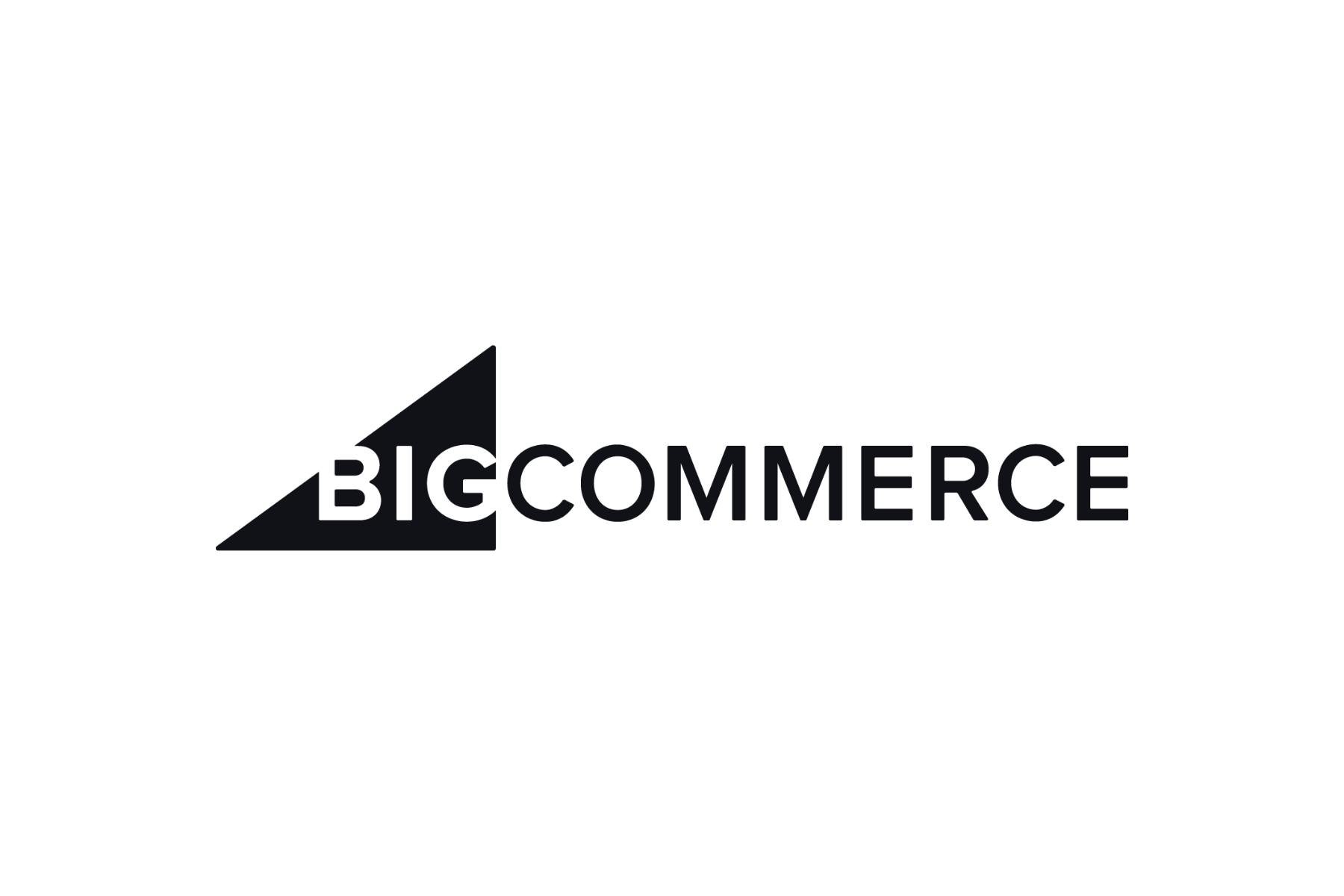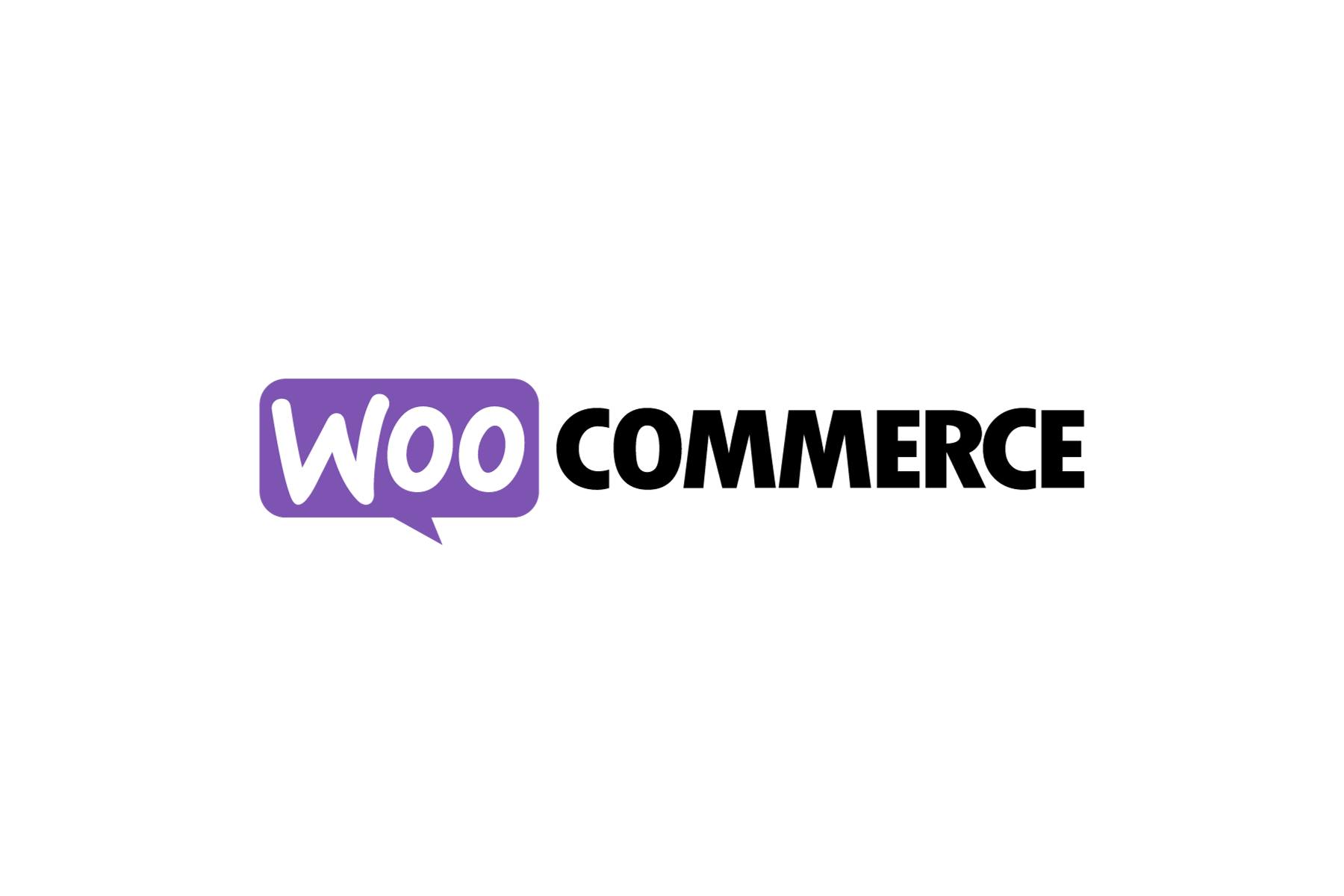Online Firearms Compliance: Your Foundation for Growth
Navigating eCommerce for Outdoor Sporting Goods merchants.

Online Firearm Sales Are a Legal Minefield. We Built the Map.
Selling firearms online comes with layers of risk—legal, operational, and technical. Every step of the customer journey, from product visibility to checkout to fulfillment, has the potential to go wrong if you’re not building with compliance in mind. This guide is built for merchants who want clarity, not confusion—and a foundation that keeps your store scalable and secure.
Key Areas of Compliance
To help you navigate this complex landscape, let's break down the core areas of compliance:
Platform Considerations
Each platform has its own policies regarding firearms. Choosing the right one and adhering to its rules is crucial.
Payment Processing
Mainstream processors like PayPal and Stripe often prohibit firearm transactions. You'll need a 2A-friendly gateway like Authorize.net or NMI.
Shipping and FFL Transfers
Firearms, ammo, and accessories each come with their own shipping rules. You’ll need to build in checkout logic that blocks restricted items from certain states and routes firearms through valid FFLs.
Age Verification
Federal law sets minimum age requirements (18 for long guns, 21 for handguns), but many states have stricter rules. Implement age gates and verification tools.
Restricted Shipping Laws
State and local laws vary significantly and change frequently. You must comply with the buyer's jurisdiction.
Tax and Legal Disclosures
Sales tax laws are complex and vary by state and even city. Some states have additional firearm-specific taxes.
Risk Reduction and Growth Best Practices
Compliance is also about security, audit trails, and having standard operating procedures.
Platform Compliance
Each platform has unique compliance risks and guidelines. Shopify has strict AUP enforcement. WooCommerce relies heavily on third-party plugins (some of which break under pressure). Magento offers flexibility but requires precise logic to avoid loopholes. BigCommerce works well for regulated industries but still has quirks.




Shipping & FFL Transfers
Serialized firearms must be shipped to a valid Federal Firearms License (FFL) holder, not directly to the customer’s home. Your site needs to block restricted items from shipping to prohibited states and require customers to select an FFL during checkout when applicable. That FFL’s information should be stored with the order and clearly shown on the confirmation and shipping label. Many merchants use automated FFL databases or integrations, but you can also manage this manually if you have a reliable process in place.
Age Verification
Most states require buyers to be at least 18 or 21 depending on the product type, and some platforms or payment providers require age gates as part of their terms. This section outlines how to implement age verification in a way that satisfies legal requirements without wrecking conversion—whether that’s through popup gates, third-party tools, or ID-based verification at checkout. You’ll also learn when age restrictions should apply globally vs. per-product.
FFL Integration
If your store sells firearms or serialized items, your checkout flow must include a required step for the customer to select an FFL for delivery. That information needs to be stored with the order and should never be collected in a follow-up email or outside the checkout process. Use a regularly updated FFL database or integration to keep this process accurate and prevent shipping delays or compliance issues.
Tax Compliance
Tax rules for firearms, ammunition, and accessories vary based on product type, location, and whether the item is picked up at an FFL or shipped to a home address. Some tax engines miss these distinctions, especially if products aren’t mapped correctly. Be sure your platform is sending accurate product and fulfillment data to your tax provider, and double-check that local firearm-related taxes are being handled properly.
State-by-State Legality
Every state has different rules about what can and can’t be sold or shipped—some restrict specific firearms or accessories entirely, while others limit things like magazine capacity or ammo delivery. Your site should be set up to evaluate the customer’s shipping location and automatically restrict blocked items from being added to the cart or shipped. These laws change frequently, so whatever solution you use should be easy to update.
Compliance isn’t just about checking boxes—it’s about building a store that can operate confidently, scale responsibly, and avoid expensive rebuilds down the line. Whether you’re making small updates or planning a full overhaul, understanding how each piece fits together gives you a serious advantage.
Your Firearms eCommerce Resource Hub
We're committed to providing you with the knowledge and tools you need to navigate the complexities of online firearm compliance. Consider this your central hub for essential resources.
Read the Guide
For a deeper dive, our guide offers a comprehensive exploration of FFL logistics, state restrictions, tax automation, platform breakdowns, and payment processor best practices. [Link to Guide]
Download the Checklist
Get a practical, project-friendly breakdown of core compliance requirements. This checklist covers everything from FFL licensing and platform restrictions to age verification and shipping regulations. [Link to Checklist]
Platform Comparsion for Firearms Merchants
With 10+ years of experience in this space, we've created a list of the best firearm-friendly eCommerce platforms.
2025 Outdoor & Firearms eCommerce Competitive Analysis
Where does your store stand? Where can it go?
Online Compliance in the Field
What This Means for Your eCommerce Store
The rules aren’t going away. If anything, they’re tightening. Whether you’re rebuilding your site or trying to fix gaps in your current setup, you need partners who understand both the regulatory landscape and the platform limitations that come with it.
At SwiftOtter, we’ve helped firearm brands of all sizes navigate compliance—from FFL flows and shipping restrictions to tax rules and payment challenges. If you’re building something new or just want a second opinion on what you already have, we’re here to help.
Read the full guide below to get the details—and let’s talk through what this looks like for your business.
Selling Firearms Online Is Possible.
Doing It Right Is Non-Negotiable.
Connect with the team—and get ahead of the next compliance challenge before it hits.



